Carbon Credit Projects – Some Options
Choose the right offsetting project – Australian or global
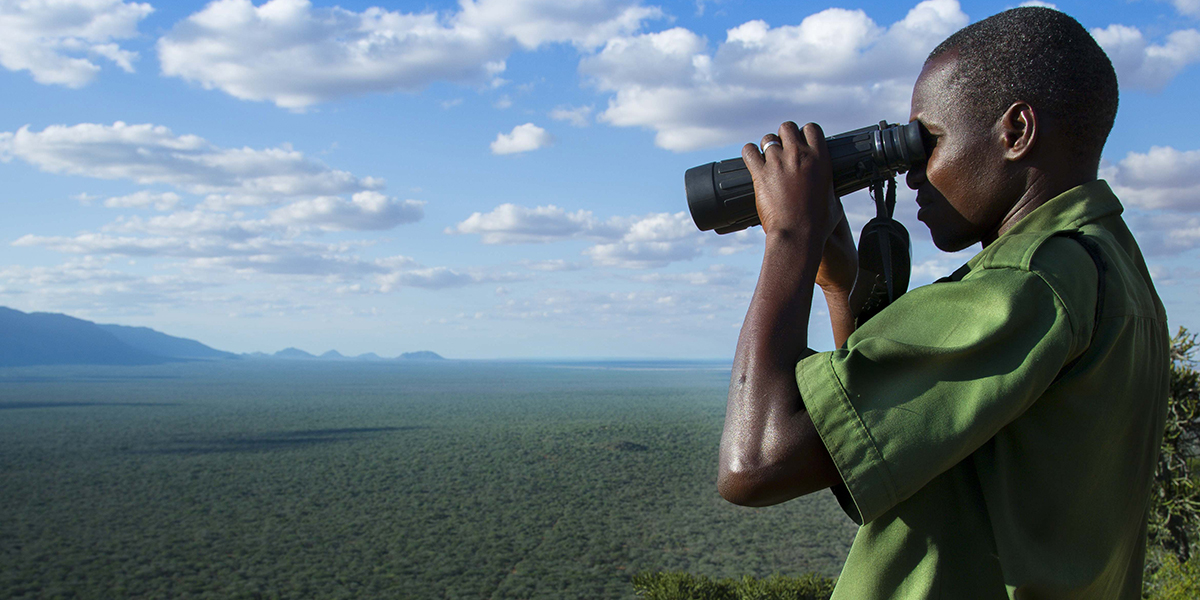
More and more businesses are aligning carbon offsetting choices with their business practices.
A transport company might want to support forestry projects in Australia to offset the emissions from their trucks locally. Or a manufacturer with operations in China might want to support renewable energy projects in China.
More help? Contact us for our plain English guide to carbon credits and carbon neutrality.
Here are a few projects our customers support through Pangolin’s certified carbon credit program and via select partners. These are accepted abatement for Climate Active.
Some projects to consider:
- Indonesia: Rimba Raya Biodiversity Reserve (Borneo)
- Australia: AbCF Carbon Farming Project
- Kenya: Kasigau Corridor REDD+ Project
- Rwanda: Improved Kitchen Regimes – Cleaner Cookstoves
- India: Wind Power (Rajasthan)
- India: Solar Photovoltaic Power Project (Gujarat)
- Vietnam: Rice Husk Thermal Energy Generation (Cai Be)
- Brazil: Pacajai Brazil REDD+ Project
- Australia: Yarra Yarra Biodiversity Corridor (WA)
- Timor-Leste (East Timor): WithOneSeed carbon forestry project
- China: Liucheng Biomass Power Generation
- China: CECIC HKC Gansu Changma Wind Power Project (Yumen County)
Indonesia: Rimba Raya Biodiversity Reserve (Borneo)
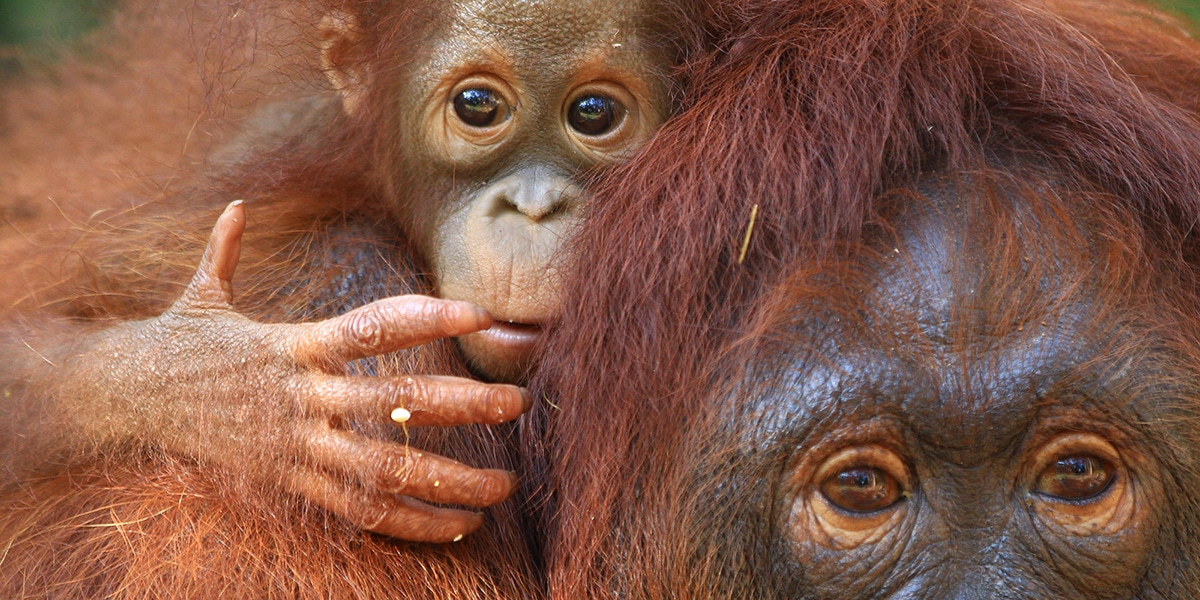
Retaining biodiversity
InfiniteEARTH initiated this critical biodiversity project which conserves more than 91,000 hectares of tropical peat swampland. It is an area rich in biodiversity that includes the highly endangered Bornean orangutan. Rimba Raya creates a buffer between government approved palm oil plantations and Kalimantan’s Tanjung Puting National Park. There are many benefits from this project: more than 130 million tonnes of avoided carbon emissions, and programmes that improve lives. Rimba Raya contributes to all 17 UN Sustainable Development Goals. See the Rimba Raya website.
Australia: Aboriginal Carbon Foundation (AbCF)
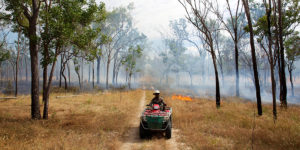
Supporting Traditional Owners and farmers through carbon credit projects
The AbCF is a not-for-profit organisation that brings life-changing, community prosperity through carbon farming. The organisation’s aim is to build wealth for Traditional Owners and non-Aboriginal carbon farmers who implement carbon projects that demonstrate environmental, social and cultural core-benefits through the ethical trade of carbon credits.
The AbCF also seeks collaboration with fellow Aboriginal organisations, carbon management companies, NGOs, conservation organisations, universities and government agencies. The benefits from the AbCF products and services address climate change nationally and internationally.
Kenya: Kasigau Corridor REDD+ Project
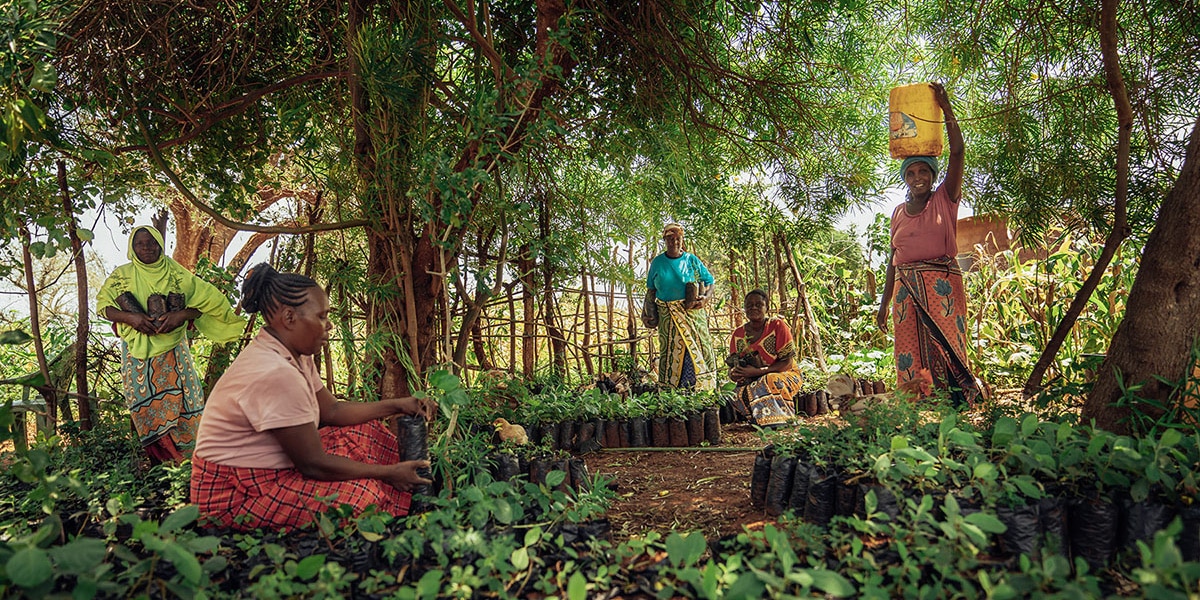
A Wildlife Works forestry project protecting biodiversity
Kenya’s Kasigau Corridor has been devastated by the effects of a slash and burn practice called mosaic deforestation. This practice and poaching has diminished the populations of many plants and animals which are now IUCN Red Listed. Without invention the region’s biodiversity faces collapse. Burning of the dryland forest also contributes greenhouse gas emissions to the atmosphere. With the help of the local community, the Kasigau Corridor REDD+ project protects flora and fauna and takes action to mitigate climate change.
Helping the environment and the lives of locals, this project contributes to the UN Sustainable Development Goals (SDGs). See more on the Kasigau Corridor forest conservation project.
Rwanda: Improved Kitchen Regimes – Cleaner Cookstoves
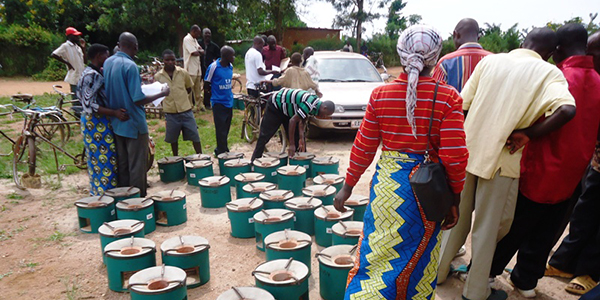
Benefits for the environment, health and much more
This is a Gold Standard project providing households in the Bugesera District with better cookstoves. The construction of the simple, energy-efficient stoves employs local people, boosting the prosperity of the district.
Villagers typically use biomass for cooking in poorly ventilated areas. They collect firewood unsustainably which removes important bio-matter from the environment. The cleaner cookstoves require less fuel, resulting in better health for householders and the environment.
This is a CO2balance profit-for-purpose project that aligns its initiatives with UN Sustainable Development Goals. See more on the CO2balance website.
India: Wind Power (Rajasthan)
Clean energy and community co-benefits
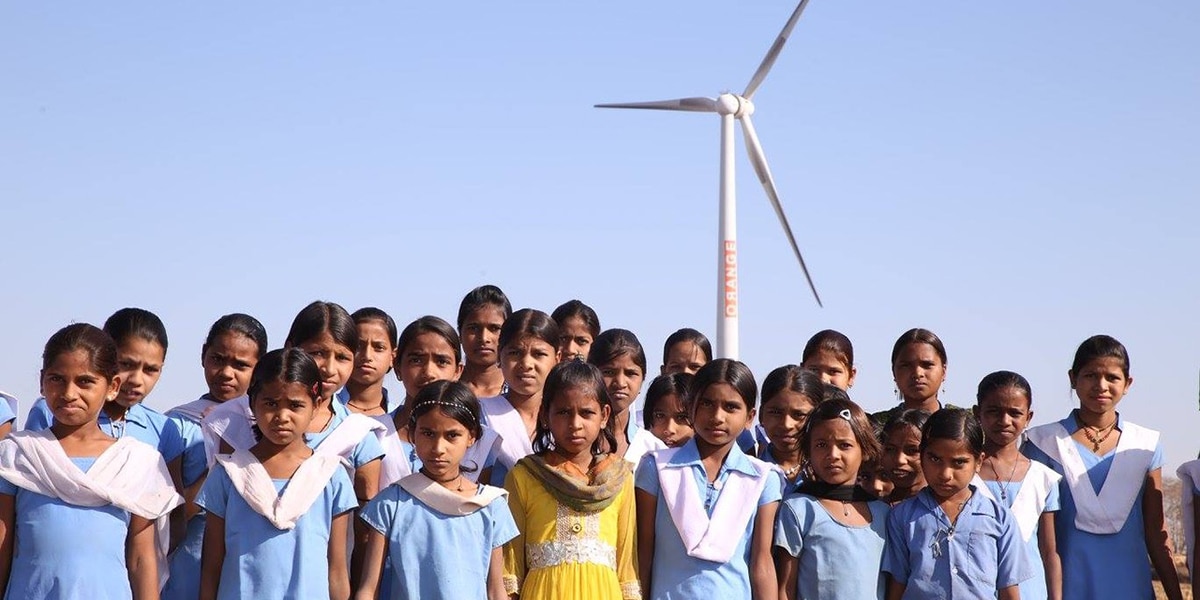
This bundled wind power project generates 59.4 MW in two areas of Rajasthan and is expected to prevent greenhouse gas emissions of approximately 102,870 million tCO2e.
Orange Renewable Power implements this clean energy project and contributes to UN Sustainable Development Goals. The company focuses on eradicating hunger, poverty, and malnutrition in the region delivering infrastructure for better heath and sanitation. See more on the APX Registry.
India: Solar Photovoltaic Power (Gujarat)
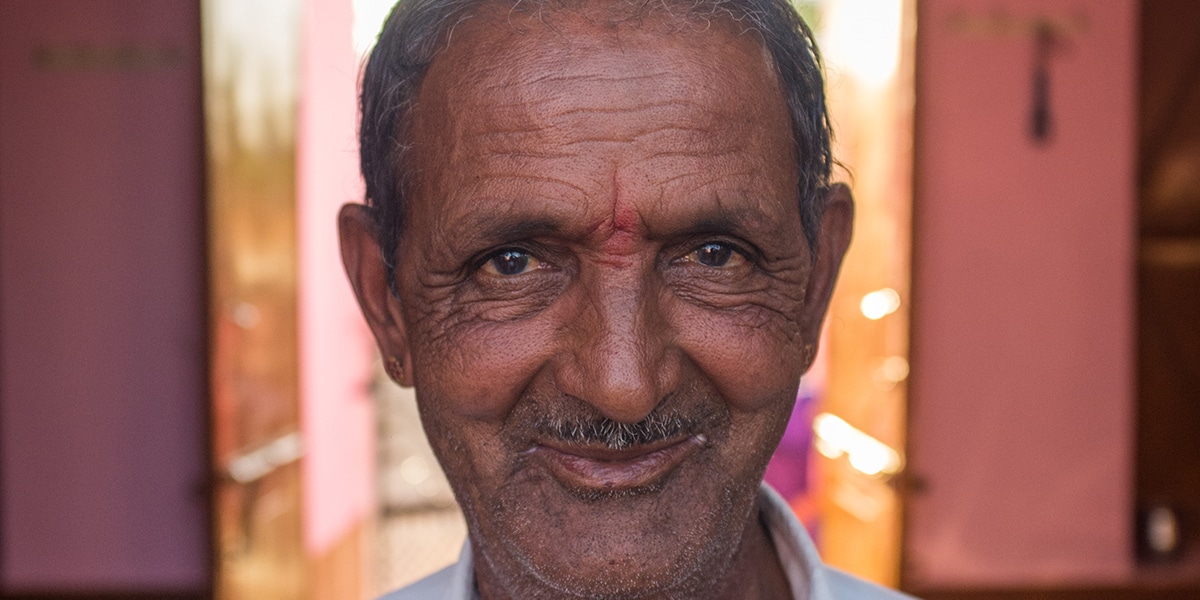
Solar energy replacing fossil fuels
Located in the Surendranagar District of Gujarat, this solar project consists of 25 MW of grid interactive solar photovoltaic power. It is expected that avoided emissions over ten years will reach 410,340 tCO2e. As well as providing a source of clean energy, the Gujarat solar farm brings important co-benefits to the area including employment and economic growth. See more on the APX Registry.
Vietnam: Rice Husk Thermal Energy Generation (Cai Be District)
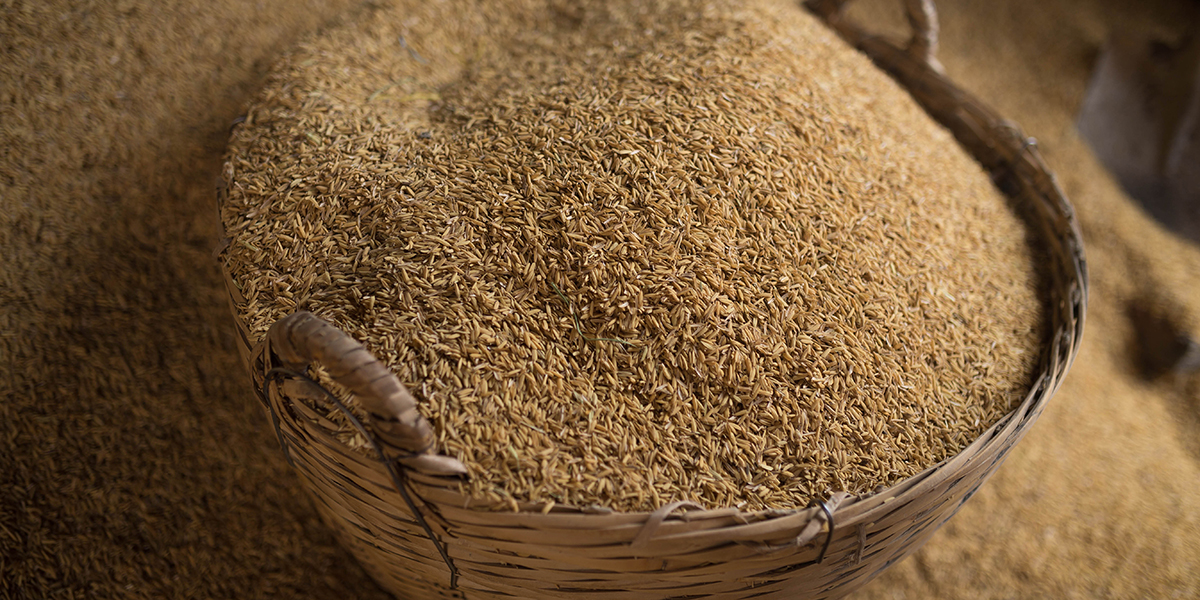
Food waste to renewable energy
The Cai Be Rice Husk project turns an environmental problem into a clean energy solution. Processing rice for bran oil results in the disposal of husks into waterways. Husk decay releases methane into the atmosphere: a greenhouse gas 21 times worse than carbon. Cai Be captures rice husk methane to produce electricity.
Wilmar Agro Vietnam Company, a rice bran oil producer, supplies husks to the project. The company procures and processes rice bran locally, so in addition to creating thermal energy from waste, transport emissions are minimal. See more about the Cai Be project on APX.
Brazil: Pacajai REDD+ Project
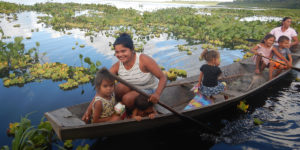
Protecting the Amazon rainforest, supporting local communities
Pacajai REDD+ prevents deforestation of native Amazonian rainforest in the Brazilian state of Para, where this project is located. The project’s activities protect the environment, the region’s biodiversity, and results in the prevention of 9,582,742 tonnes of greenhouse gas emissions over four decades. Pacajai REDD+ contributes to several UN Sustainable Development Goals. Local community benefits include investments in health, education, infrastructure, and the empowerment of vulnerable groups.
Australia: Yarra Yarra Biodiversity Corridor (Western Australia)
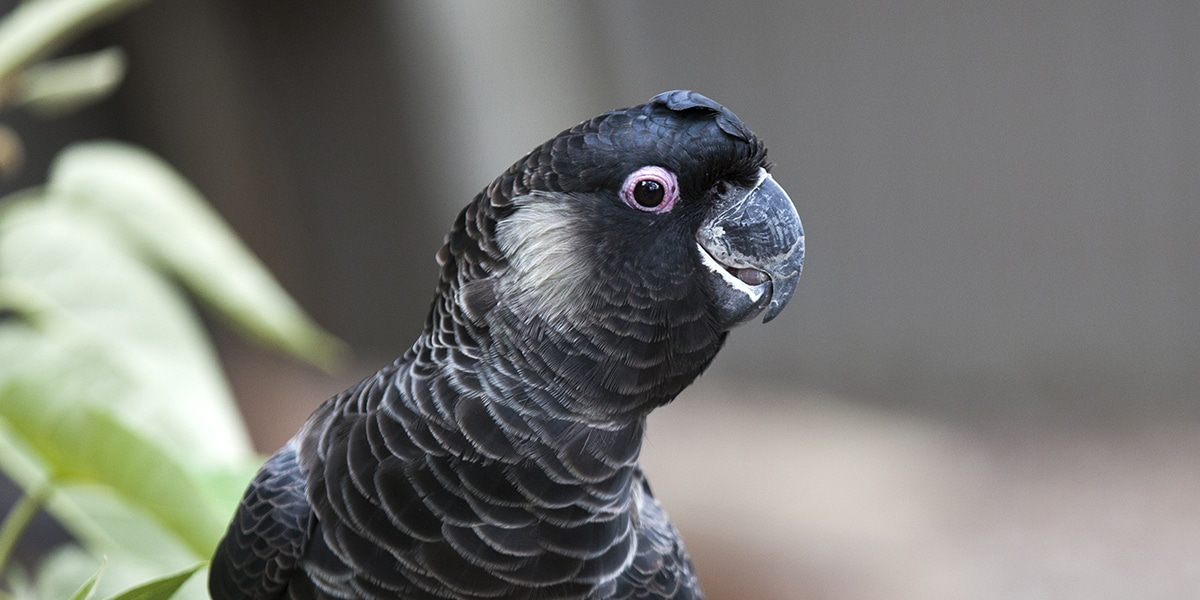
Protecting and recovering habitat
This is a Gold Standard (GS VER) project in Western Australia. The Yarra Yarra Biodiversity Corridor links small patches of remaining woodland and shrub land with newly planted vegetation. The corridor sits on WA’s wheatbelt north of Perth, where agriculture has devastated more than 90% of native habitat.
The project involves 20 to 40 species to maximise biodiversity, with plans to extend the corridor to 10,000 square kilometres. Supporting Yarra Yarra helps protect and recover flora and fauna such as Malleefowl, Carnaby’s Black-Cockatoo, and Western Spiny-tailed Skinks. See more on this project.
Timor-Leste (East Timor): WithOneSeed community forestry sustaining development
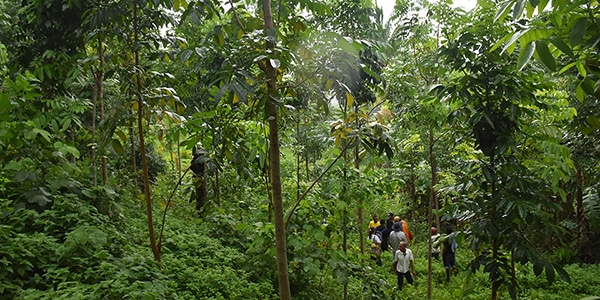
Simple action. Many people. Big impact.
WithOneSeed is the first Gold Standard verified (GS VER) carbon forestry program in Timor-Leste. It is working with subsistence farming communities to replant forests, creating a carbon store. This project helps build local economies. It also delivers practical education and training in agroforestry and permaculture to create a more sustainable, equal and just world.
WithOneSeed is about climate justice, sustaining development and achieving climate regulation at local and national levels in Timor-Leste. The project supports 10 of the 17 Sustainable Development Goals. See more on WithOneSeed.
China: Liucheng Biomass Power Generation
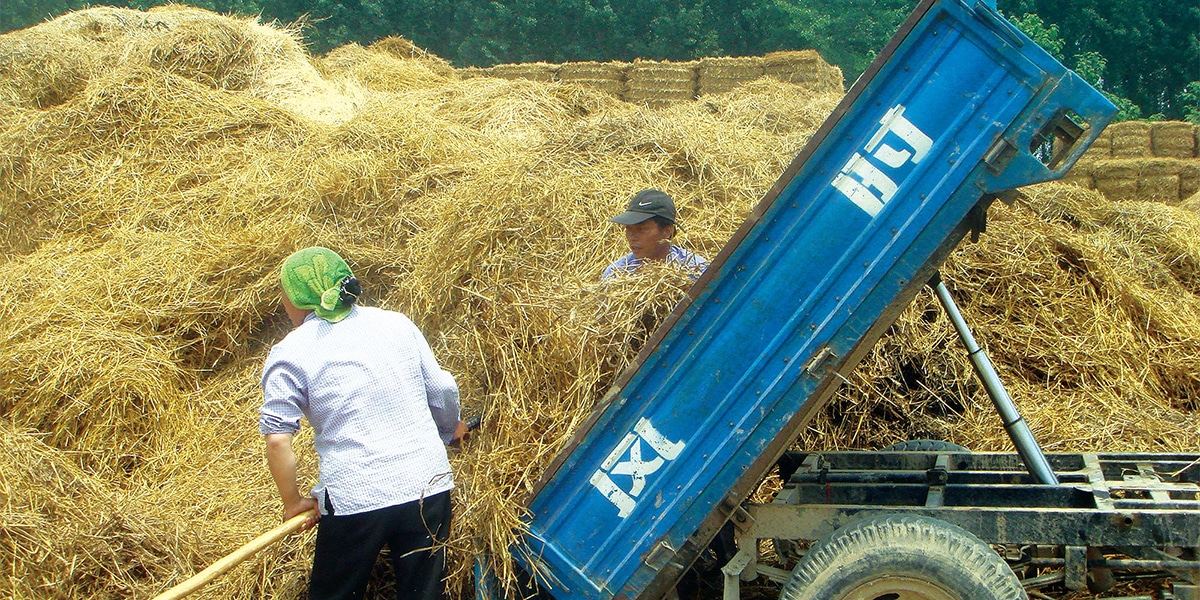
Organic matter providing electricity to the grid.
The Liucheng Biomass Power Generation project is located in the Guangxi Zhuang Autonomous Region in South China near the Vietnam border.
Biomass is an organic substance that, through direct burning boilers, steam turbines, and generators, produces electricity.
Liucheng’s total installed capacity is 30 MW. With an annual operation of 6,000 hours, the generated electricity is 180,000 MWh. This project provides approximately 158,000 MWh of grid-connected clean energy generation.
China: CECIC HKC Gansu Changma Wind Power (Yumen County, Gansu Province)
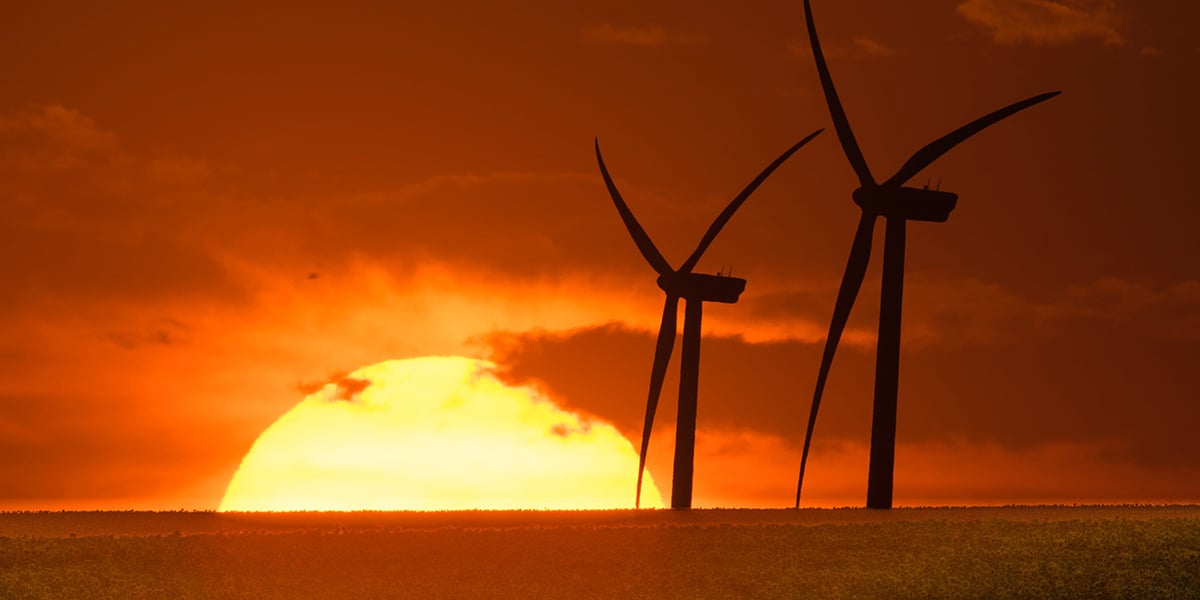
Wind power generation a source of energy security
Located Southwest of Yumen Town, this project consists of 134 wind turbines of 1,500 kW. They are connected locally to the Northwest grid in Gansu Province. The wind farm provides a much needed boost in electricity for the area. China’s rapid economic growth has resulted in frequent power outages. A local source of clean electricity gives energy security to the region. It is also a source of employment and educational opportunities for the community. See more about on the APX Registry.
- Request a brochure on the CECIC HKC Gansu Changma Wind Power Project, Yumen County China (PDF)
- Back to top
More projects available
This is a small sample of projects we supply from and can source for your organisation. There are many other types and locations available.
Take a closer look
 Rwanda: Improved Kitchen Regimes
Rwanda: Improved Kitchen Regimes
An environmental initiative, this project also provides many co-benefits for the community. Request a brochure (PDF).
 Indonesia: Rimba Raya Biodiversity
Indonesia: Rimba Raya Biodiversity
This is a critical biodiversity project designed to conserve more than 91,000 hectares of tropical peat swampland. Request a brochure (PDF).
 Vietnam: Rice Husk Thermal Energy
Vietnam: Rice Husk Thermal Energy
This project turns otherwise abundant waste into thermal energy. Request a brochure (PDF).
